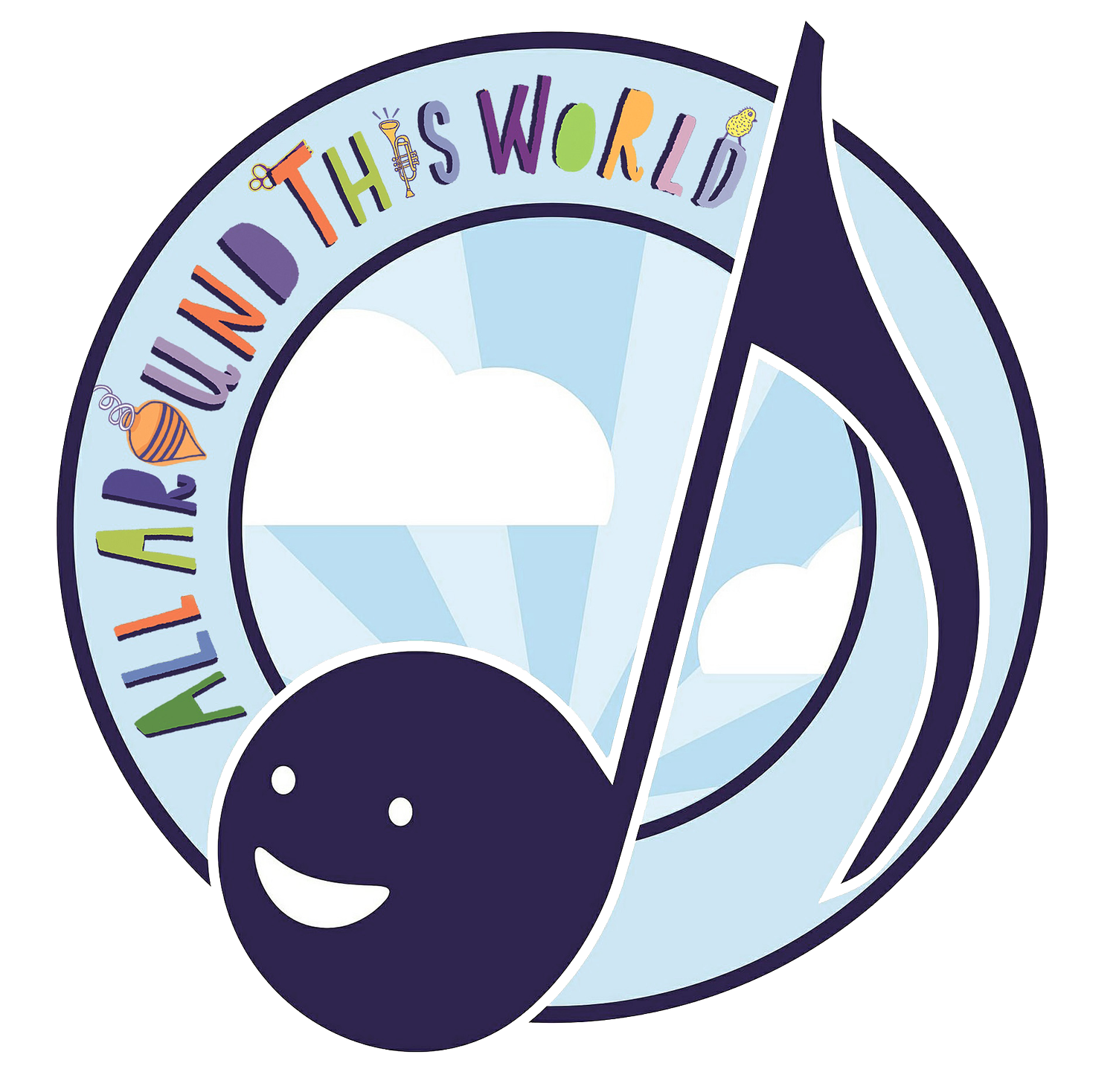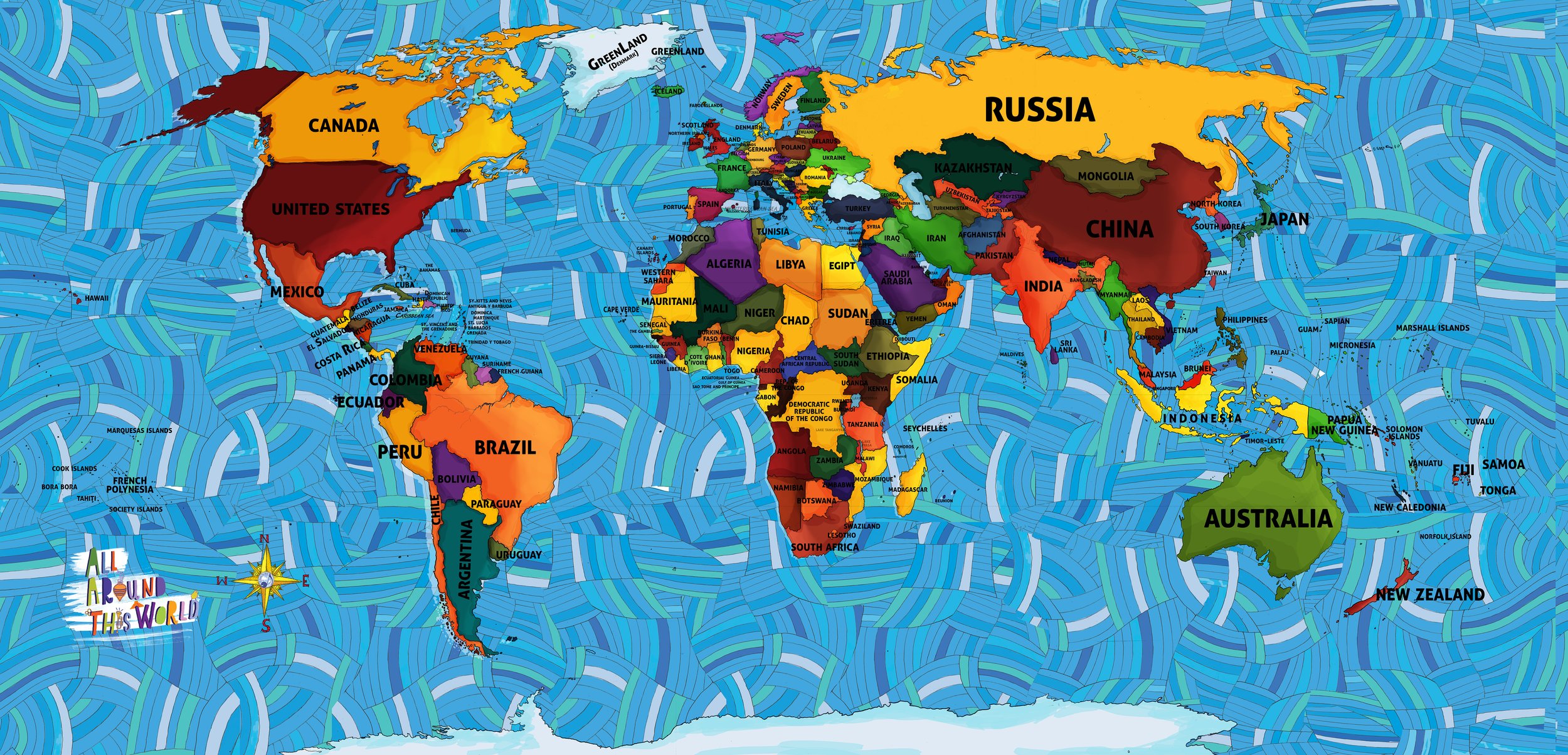East anD SOUTHEAST ASIA JAPAN
This week's class takes us to Japan, a country that deceives. On one hand Japan feels so close, so familiar, that Americans may easily assume we know much more about it than we actually do. So much of Japanese culture has entered the world's psyche--who among us hasn't ever sung karaoke, eaten sushi, watched anime, done a karate chop or pranced around the living room our flabby belly hanging out, bouncing into our unsuspecting cousin Rosco like a sumo wrestler? On the other hand,, what of these elements of Japanese art and culture do non-Japanese really appreciate, let alone fully understand? Just because we use Japanese DVD players, drive Japanese cars and have mastered Dance Dance Revolution, does that mean we truly know Japan?
Japanese empires have existed for at least two thousand years, which is when they first appear in histories written by the Chinese. (The Japanese have long refered to their nation as "Nippon," which means "sun-origin," or, "Land of the Rising Sun.") From its beginning Japan remained relatively isolated from the rest of Asia.
Yes, Chinese Zen Buddhism and other elements of Chinese culture spread to Japan, but for almost two whole millennia, first through a series of dynastic empires and then throughout a long feudal era during which a class of warriors known as samurai dominated the nation, waging war at the behest of emperors or wealthy land owners (1185-1868), Japan stayed more or less out of the global fray. With so little interaction beyond its borders, Japan became remarkably homogeneous; even today almost 99% of Japan's permanent residents are ethnically Japanese.
The era of Japanese isolation started to come to a close with the 1854 arrival of U.S. Naval Commodore Matthew Perry who was determined to "open" the nation to the outside world. Japan's newfound connection with the West helped spur the 1868 Meiji Restoration, during which imperial rule returned, and inspired the subsequent Meiji period during which Japan industrialized and militarized. Within two generations the once-isolated Empire of Japan had spread beyond its island borders to conquer Taiwan and Korea and had waged wars against both China and Russia. When Emperor Yoshihito passed away in 1926 his son, Hirohito, assumed the throne. Emperor Hirohito expanded Japanese influence as a global power by invading Manchuria, a region in northeast China, in 1931, signing a pact in 1936 with Hitler's Germany to work together in case of an attack on either by the Soviet Union, invading other parts of China in 1937, occupying French Indochina (Vietnam) in 1940 and then, on December 7, 1941, by attacking the United States at the Pearl Harbor naval base.
The Japanese military fought fervently throughout World War II to support Hirohito, who many Japanese, especially believers in the Shinto religion, believed was a descendant of the sun goddess Amaterasu and therefore divine. After four years of vicious battle Japan fell to the Allied forces. (The nuclear bombing of Hiroshima and Nagasaki, resulting in an estimated 200,000 casualties, played a substantial, though forever-controversial role, in Hirohito's decision to surrender.)
After the War ended the United States occupied Japan and decided, on the whole, not to punish but to rebuild. Japan's modernization and eventual rise to become the world's second largest economy after the U.S. is truly extraordinary. In 1945 much of Japan lay in ruins. In 1947 Japan adopted a liberal democratic constitution which included a provision that allows Japan to field an army, but only for the purpose of defense. After the Allied occupation ended in 1952 Japan's economy took off like a shot, modernizing rapidly (featuring electronics and auto companies such as Sony and Toyta) and didn't stop expanding until it faced a deep recession in mid-'90, an era known in Japan as "the Lost Decade." Japan eventually found itself, and today its economy--the world's third largest now, after the U.S. and China--is relatively stable despite the after-effects of "the Great Recession" of 2008-2009. Politically, though the roayal family still receives respect, real power in Japan lies in the hands of the Prime Minister and other members of the nation's parliament.
IN CLASS WE…
EXPLORE EAST AND SOUTHEAST ASIA WITH…
-

-
DANCES, HOLIDAYS AND FUN!

East and
Southeast
Asia
ALL AROUND THIS WORLD’S SONGS AND LESSONS
Click on the map to meet any region of the world.



